Christmas Eve seemed like a great day to stroll San Antonio‘s Riverwalk to visit the Missions. Each location was virtually empty giving us a unique opportunity to truly enjoy the time without the normal crowds.
Disclosure: Some links on our site are affiliate links. If you purchase a linked item, we will make a commission, at no extra charge to you.
The Spanish colonial missions were established in the early 1700s when the world was expanding and cultures were intertwining. Today they are a World Heritage Site in the heart of San Antonio for all to enjoy.
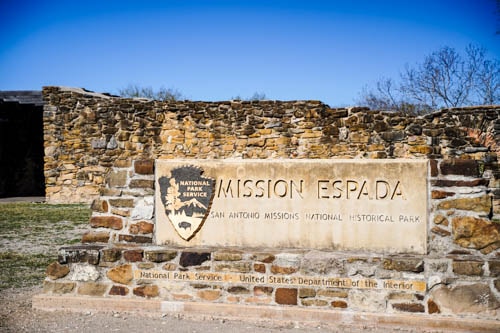
We began with Mission Espada which is the southernmost mission in the park. Mission Espada was established in 1731 and is home to the best-preserved segment of the area’s aquaduct. Unfortunately, a fire destroyed most of the mission’s buildings in 1826. The chapel, granary, and two compound walls remain today.
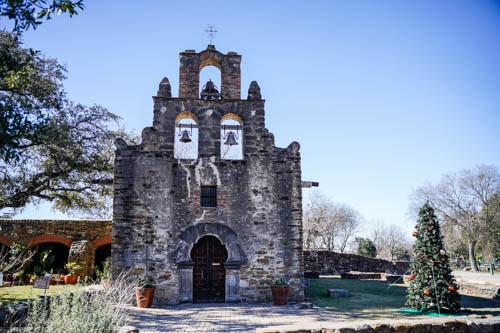
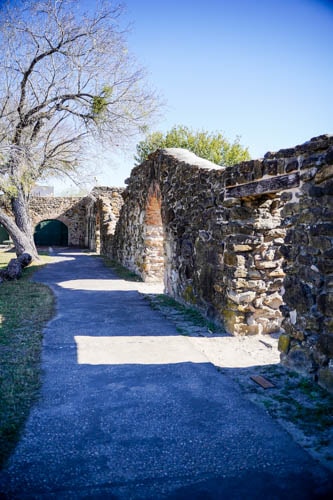

Part of the aqueduct is still in operation today. Guided tours can be taken (in normal times).
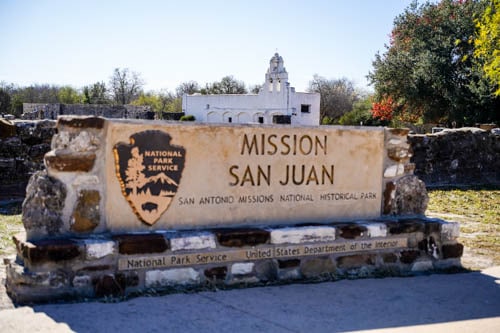
The fertile farmlands surrounding Mission San Juan Capistrano allowed a self-sustainable community to thrive in 1731. The chapel and bell tower are still in use today.
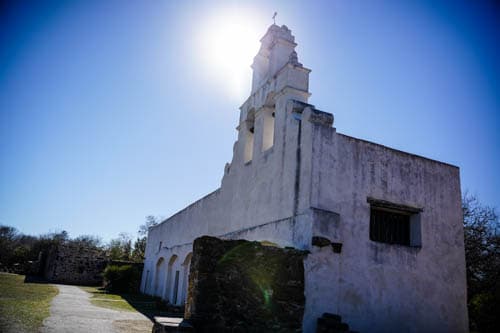
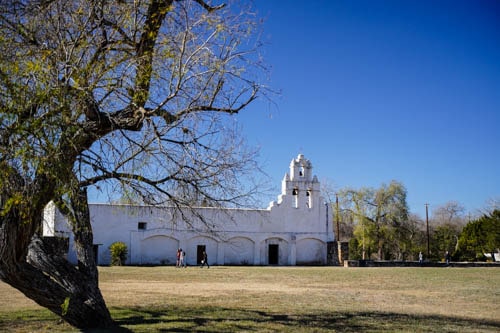
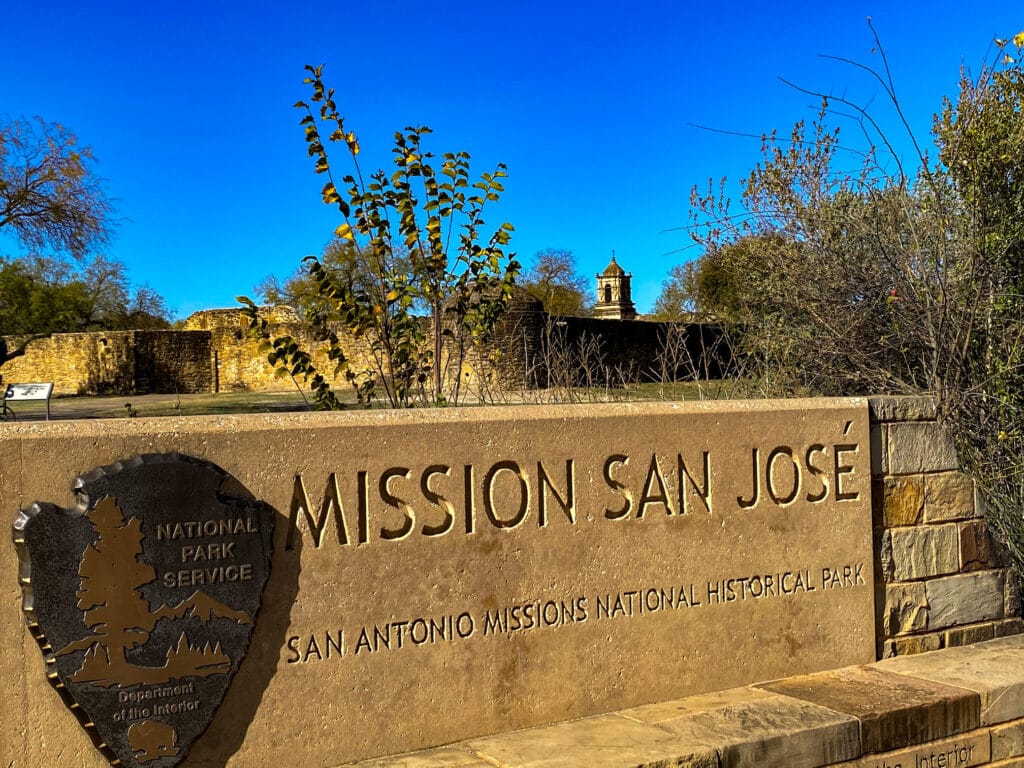
Called the Queen of the Missions, Mission San Jose is the largest in San Antonio. Established in 1720, Spanish designers used Texas limestone and brightly colored stucco. During its prime, the mission housed 300.
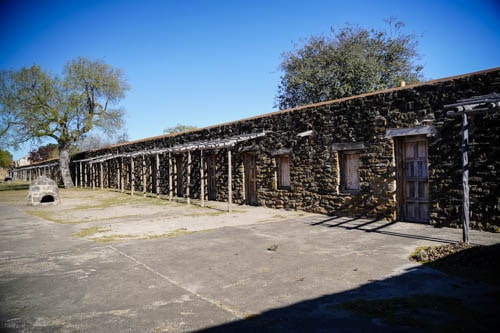
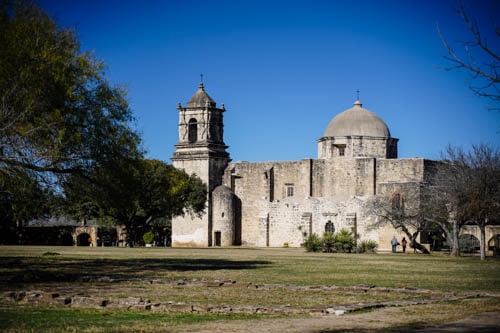
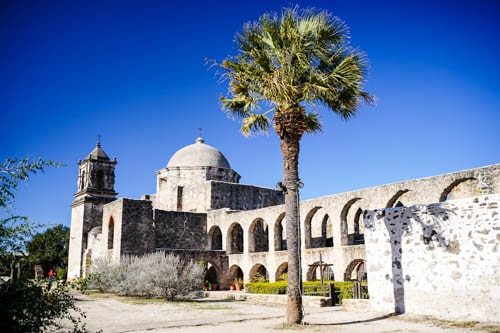

Mission Concepción was dedicated in 1755 as Mission Nuestra Señora de la Purisma Concepción de Acuña. It remains true to its original design, look and feel. It is the oldest unrestored stone church in the United States. Original frescos remain in some church rooms.
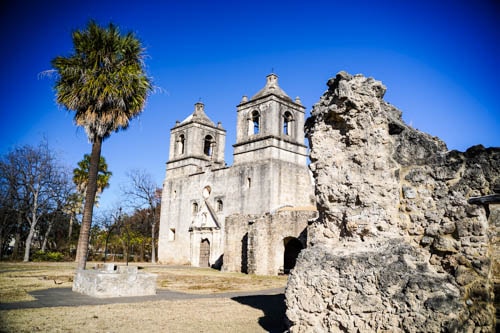
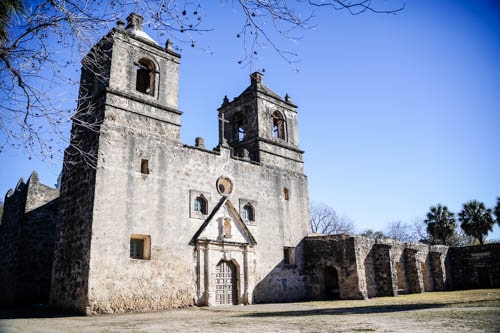
The most famous is the Mission San Antonio de Valero (The Alamo). Founded in 1718, the Alamo was San Antonio’s first mission. The mission served as a way station between east Texas and Mexico. In 1836, the Alamo became an inspiration for the Texas Revolution as all defenders were killed.


Comments are closed.